Artwork Help, Business Cards, Design
What to Put on a Personal Business Card

Thinking about investing in personal business cards? You should. They’re not just for corporate professionals. Freelancers, creatives, job seekers, and students all benefit from having a well-designed business card ready to hand out at networking events, job fairs, or even casual meetups.
Whether you’re looking to land a job, find new clients, or simply expand your professional circle, a personal business card makes a lasting impression.
Here’s what you should include on your personal business card:
1. Your Name
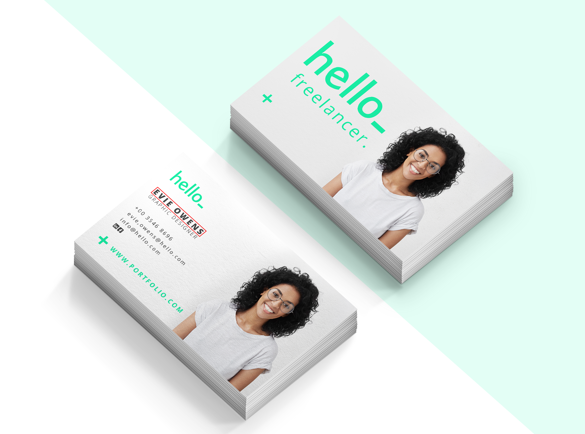
Your name should be the most prominent element on the card. You don’t need to include your full legal name; use the name you go by professionally. It’s the name people will use when contacting you or introducing you to others, so it should be clear, memorable, and easy to read.
2. Job Description or Title
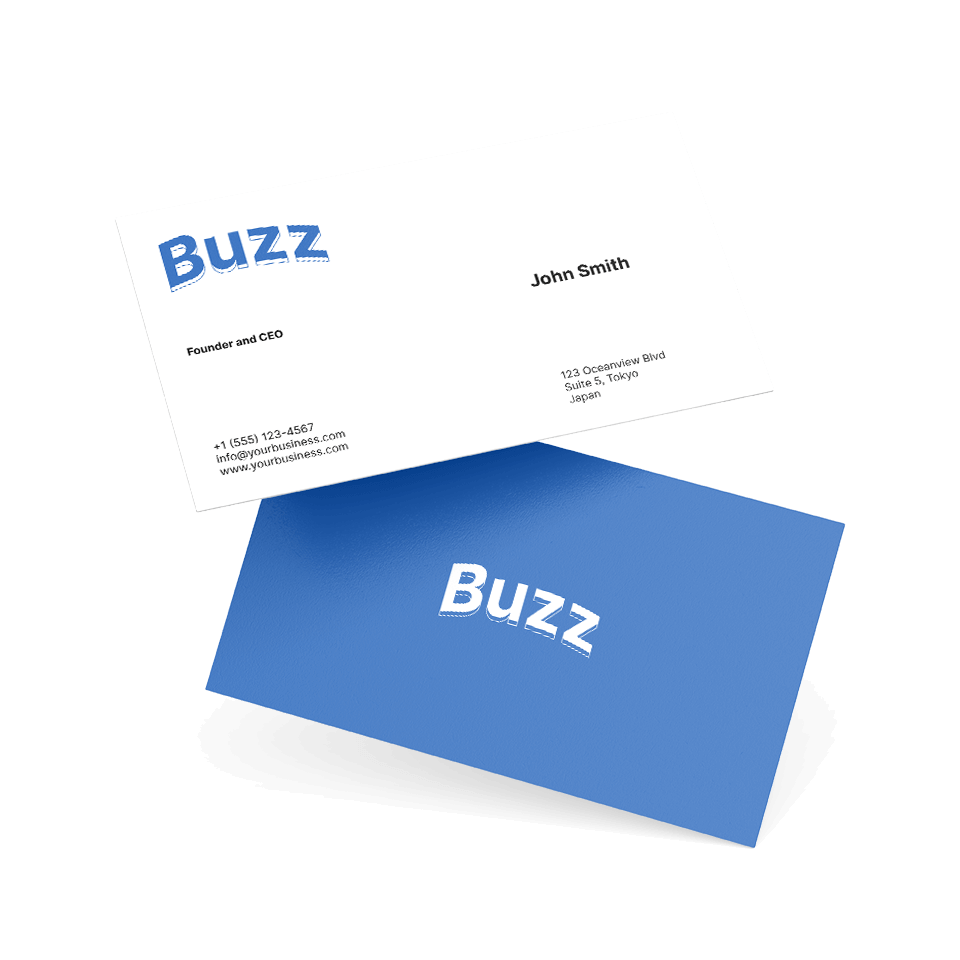
Instead of a corporate job title, use a short description of what you do,or what you want to be hired for.
For example, if you’re a creative freelancer with skills in graphic design, video editing, and illustration but want more design gigs, your card should simply say “Graphic Designer”. This keeps your message focused and makes it clear how you want to be seen professionally.
3. Contact Details
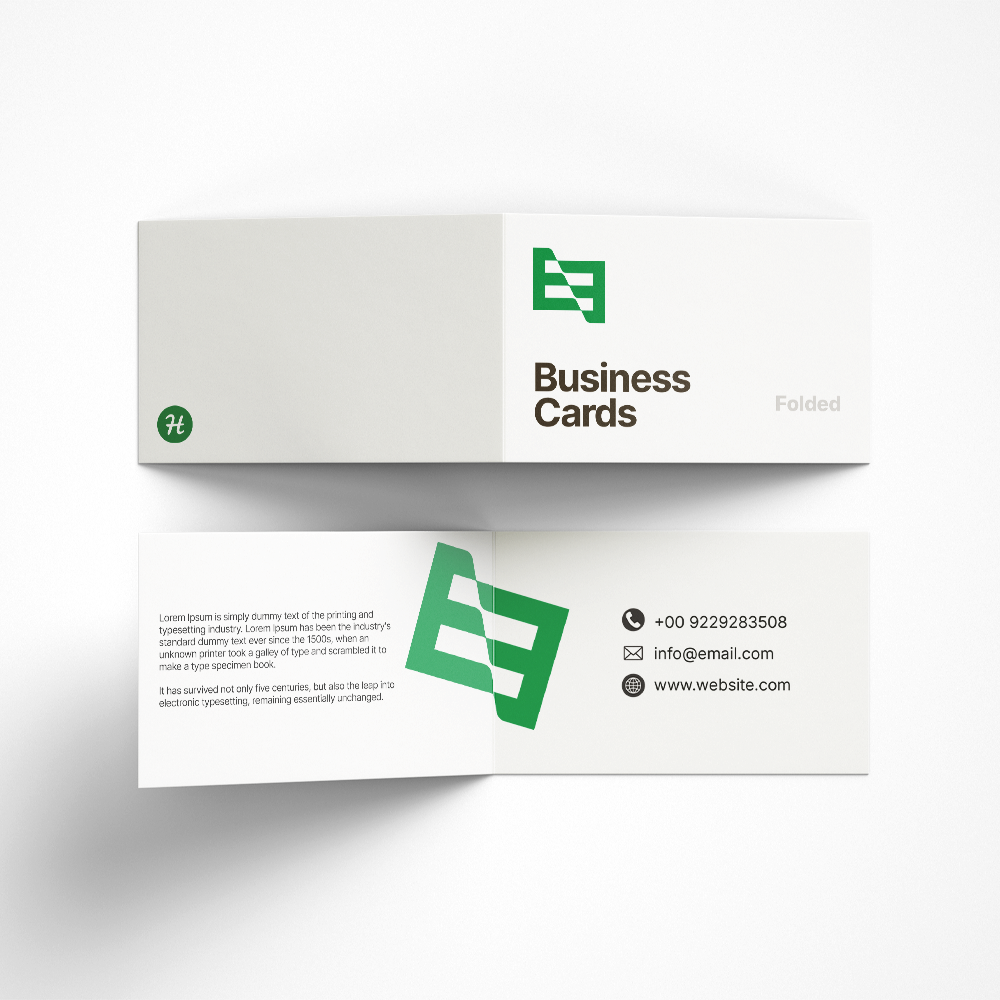
Your contact info is the most functional part of your card. Include the email address and phone number you use for professional communication. Avoid listing personal or rarely used accounts.
Make sure:
- Your email is simple and appropriate (e.g., [email protected])
- Your phone number is current and easy to reach
- You only list what you check frequently
4. Portfolio Link or QR Code
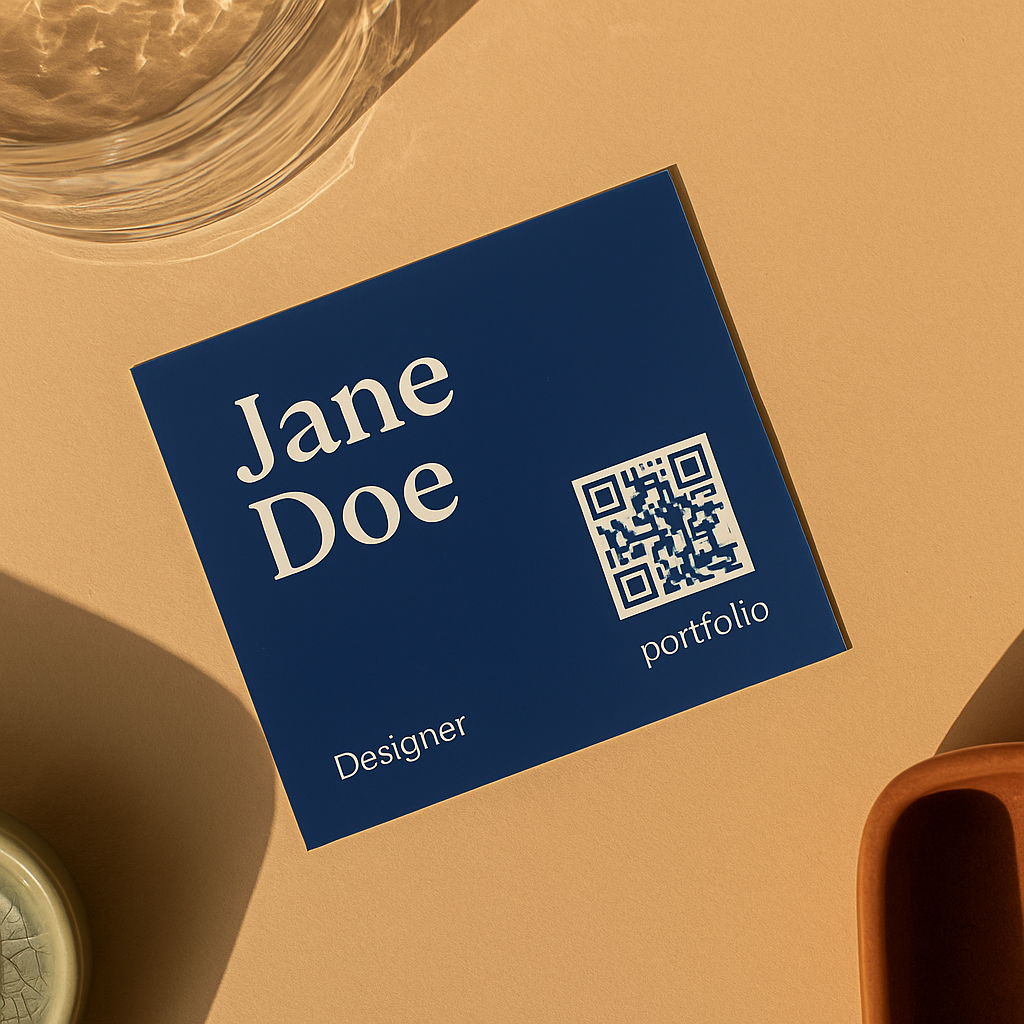
If you’re in a creative field, this is essential. Include a URL to your online portfolio where people can view your best work. This could be a website, Behance page, or even a curated social media profile.
To make it easier, consider adding a QR code that links directly to your portfolio. It saves space and adds a modern, interactive touch to your card.
5. Relevant Social Media Handles
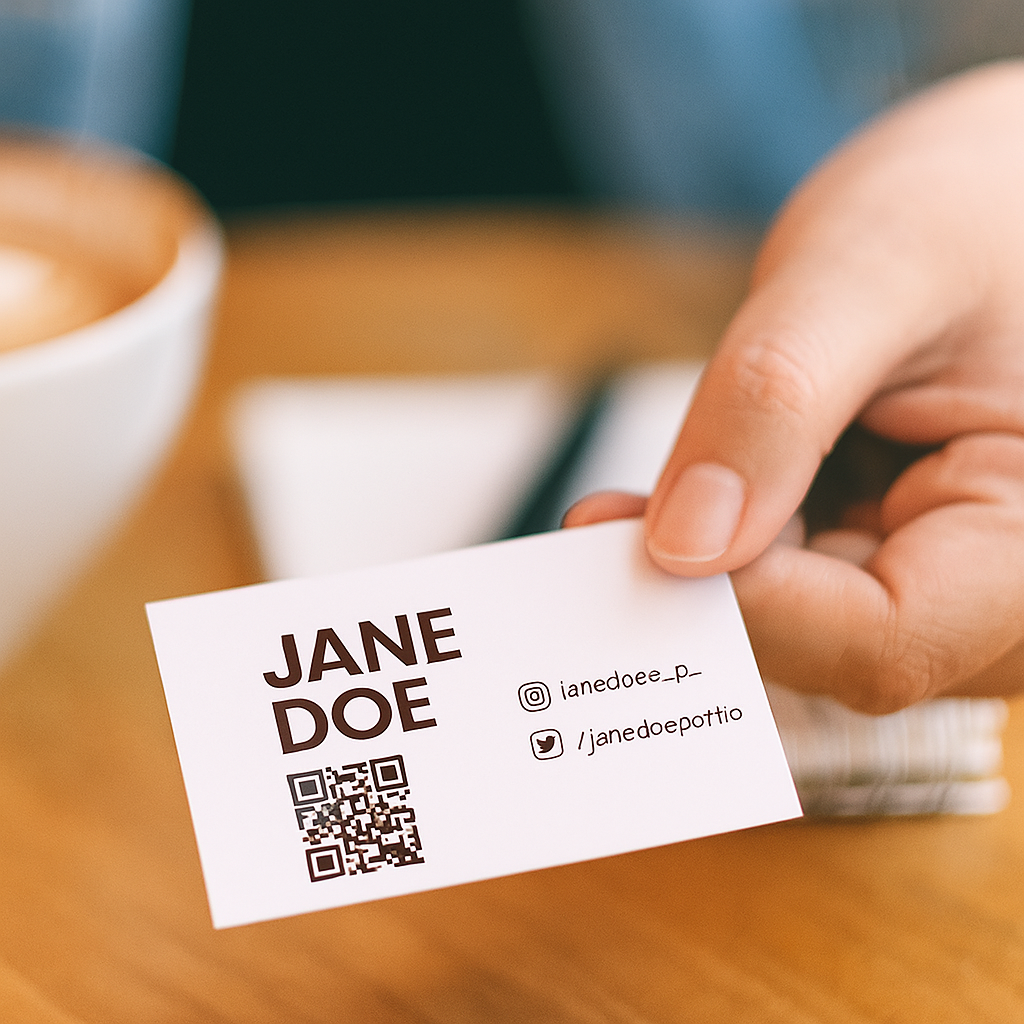
Social media can give potential clients or collaborators a better sense of your style, professionalism, and personality. Only include professional or portfolio-based accounts, such as:
- Instagram (if it’s used for creative work)
- Twitter or Threads (for industry-related content)
Avoid personal accounts or any profile that doesn’t align with your professional image.
Final Thoughts
A personal business card is more than just contact info: it’s a tool to help you take control of your personal brand. It builds credibility, sparks connections, and leaves a tangible impression long after a conversation ends.
Design your card with intention, keep the layout clean and focused, and always carry a few with you. You never know when the next opportunity will strike.
Ready to make your own? Start creating your personal business cards today and show up prepared, every time.